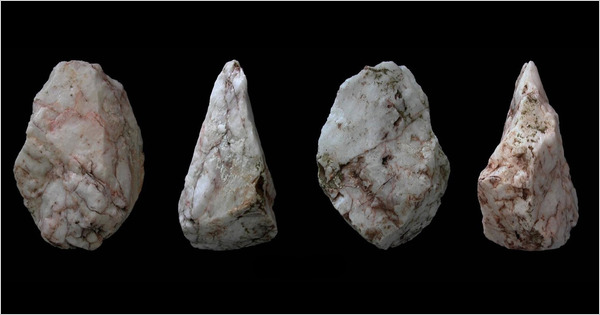Science Is Flummoxed By Evidence of Ancient Seafarers
The recent discovery of a very early seafaring society on Crete rocks the scientific establishment, and we have some questions: Does this discovery imply that prehumans possessed technology? Is it possible that modern humans are much, much older than we thought?
The tools found at the site could be as much as 700,000 years old! Atlantis anyone?
There is still so much to be learned…
On Crete, New Evidence of Very Ancient Mariners
By JOHN NOBLE WILFORD
Early humans, possibly even prehuman ancestors, appear to have been going to sea much longer than anyone had ever suspected.
That is the startling implication of discoveries made the last two summers on the Greek island of Crete. Stone tools found there, archaeologists say, are at least 130,000 years old, which is considered strong evidence for the earliest known seafaring in the Mediterranean and cause for rethinking the maritime capabilities of prehuman cultures.
Crete has been an island for more than five million years, meaning that the toolmakers must have arrived by boat. So this seems to push the history of Mediterranean voyaging back more than 100,000 years, specialists in Stone Age archaeology say. Previous artifact discoveries had shown people reaching Cyprus, a few other Greek islands and possibly Sardinia no earlier than 10,000 to 12,000 years ago.
For the complete article click here to go to The New York Times.
Share

